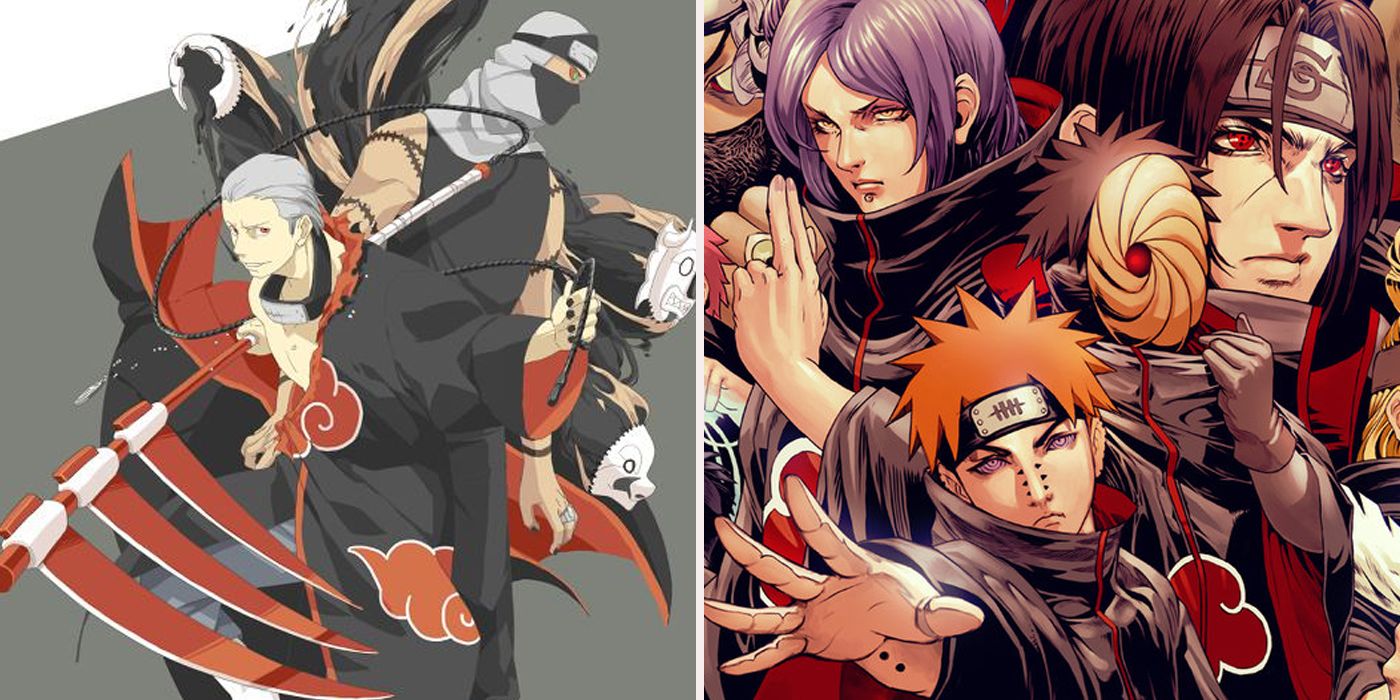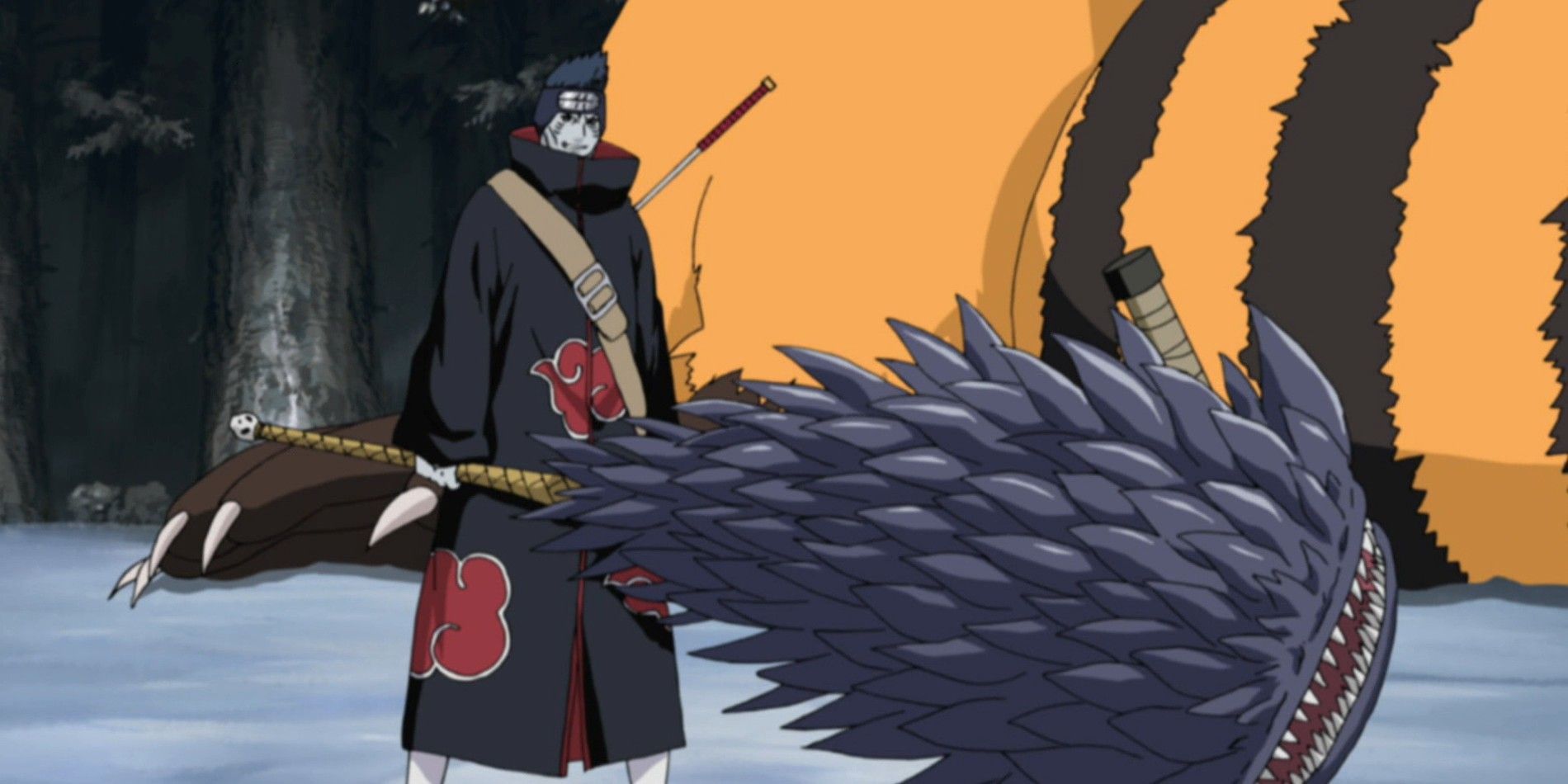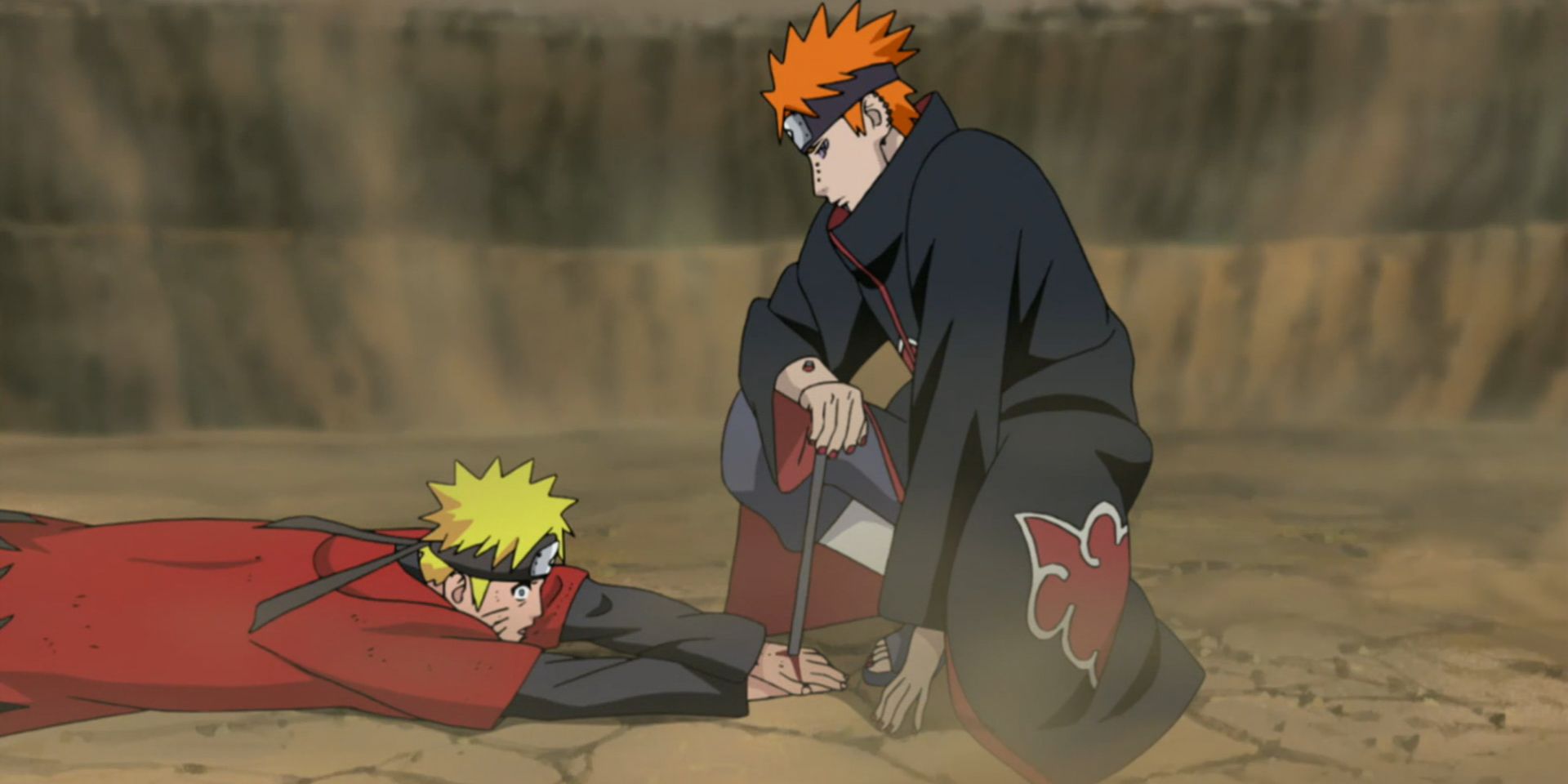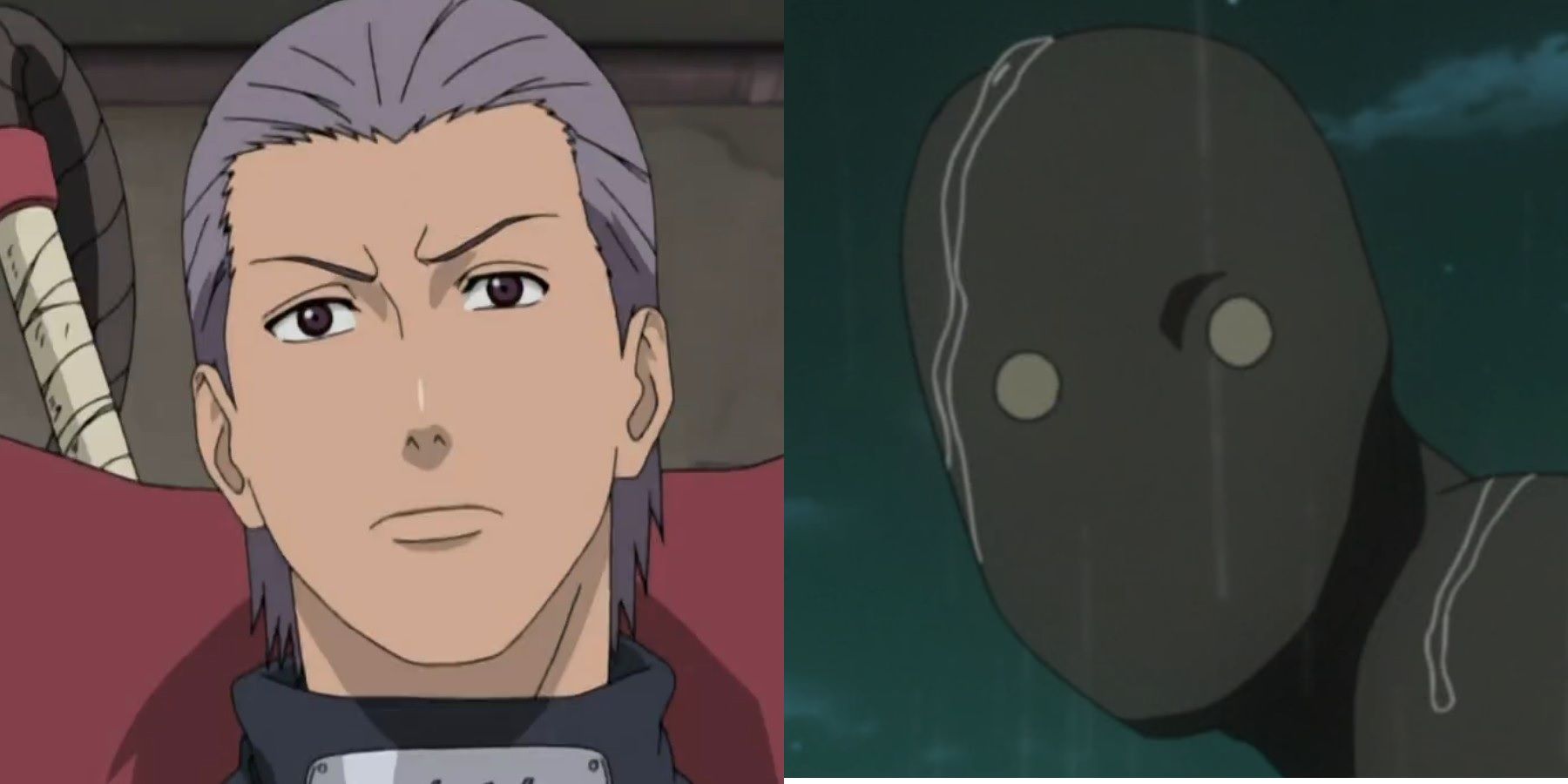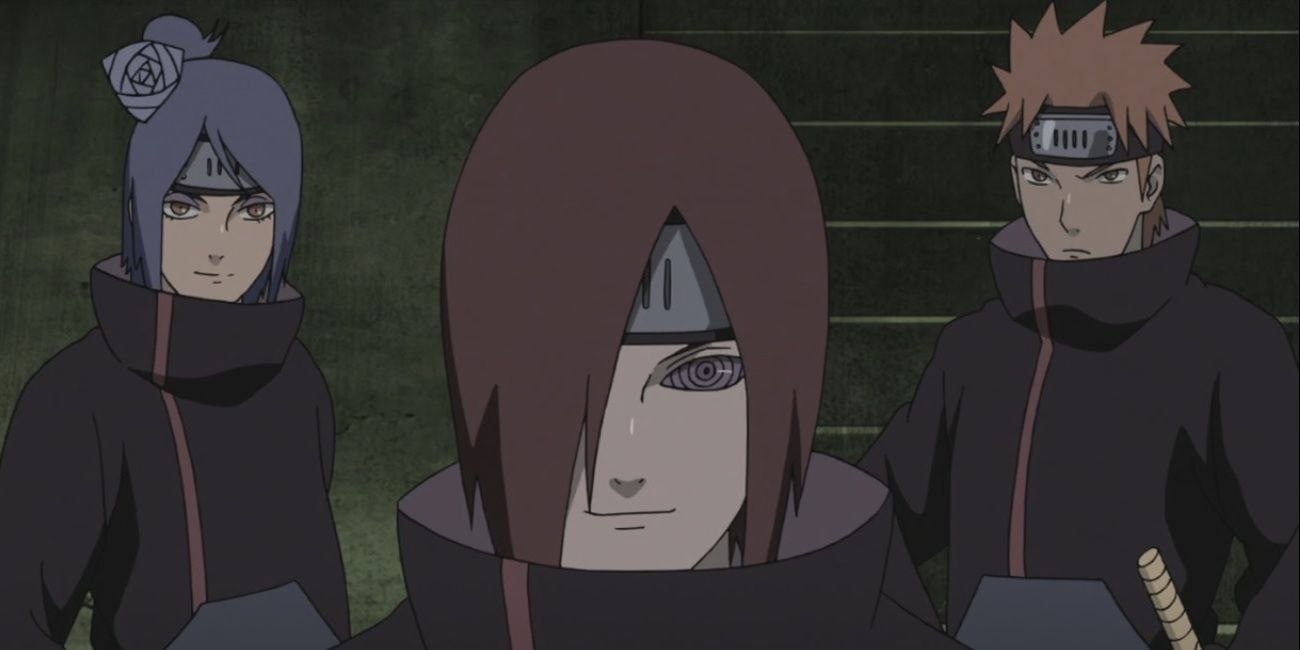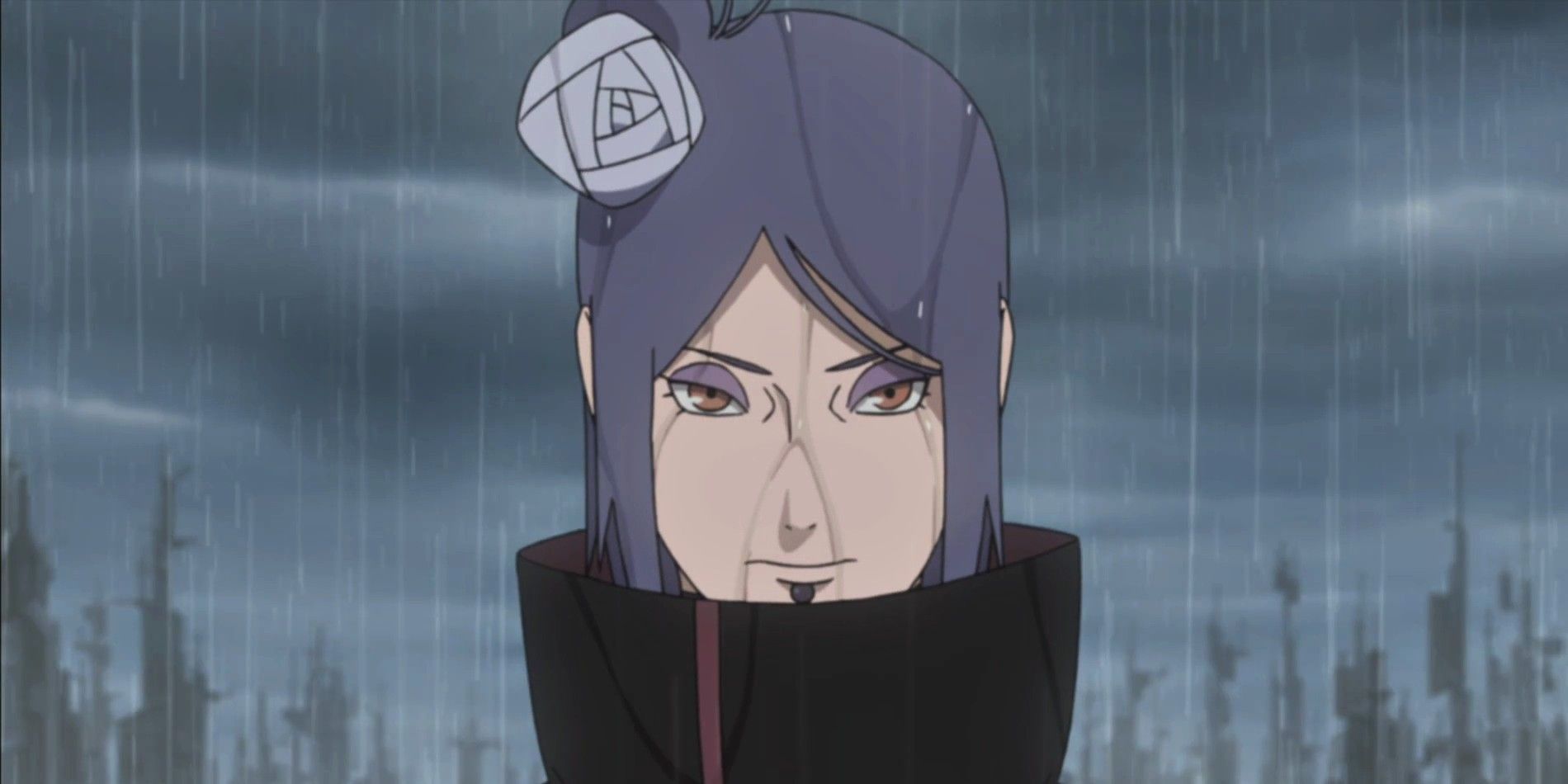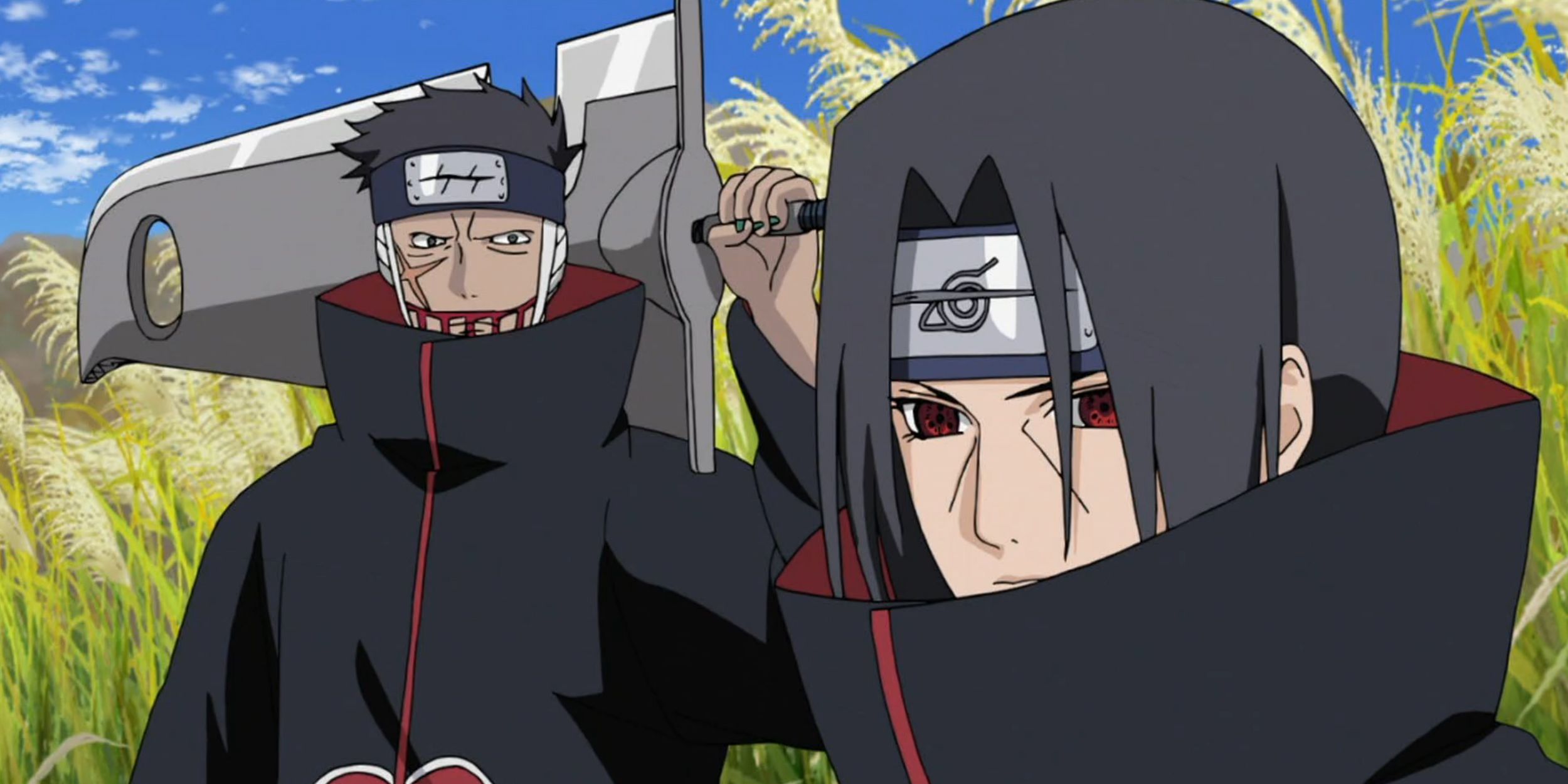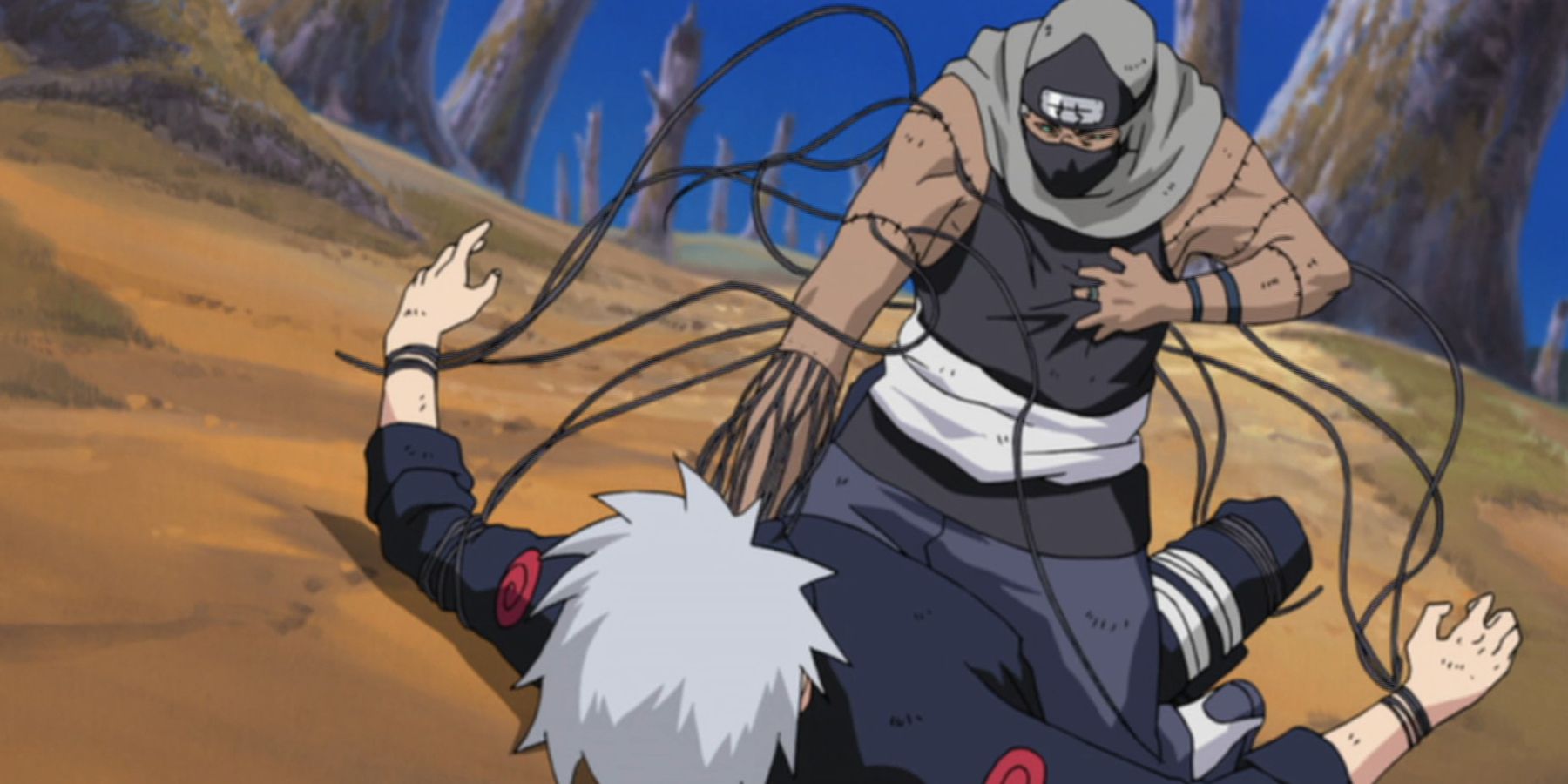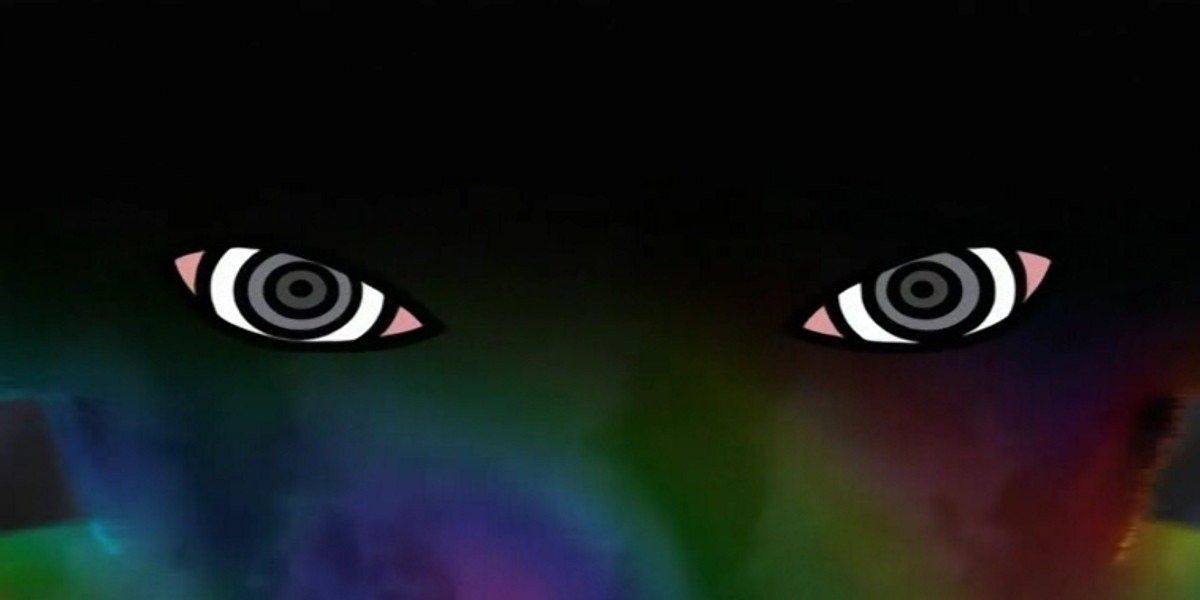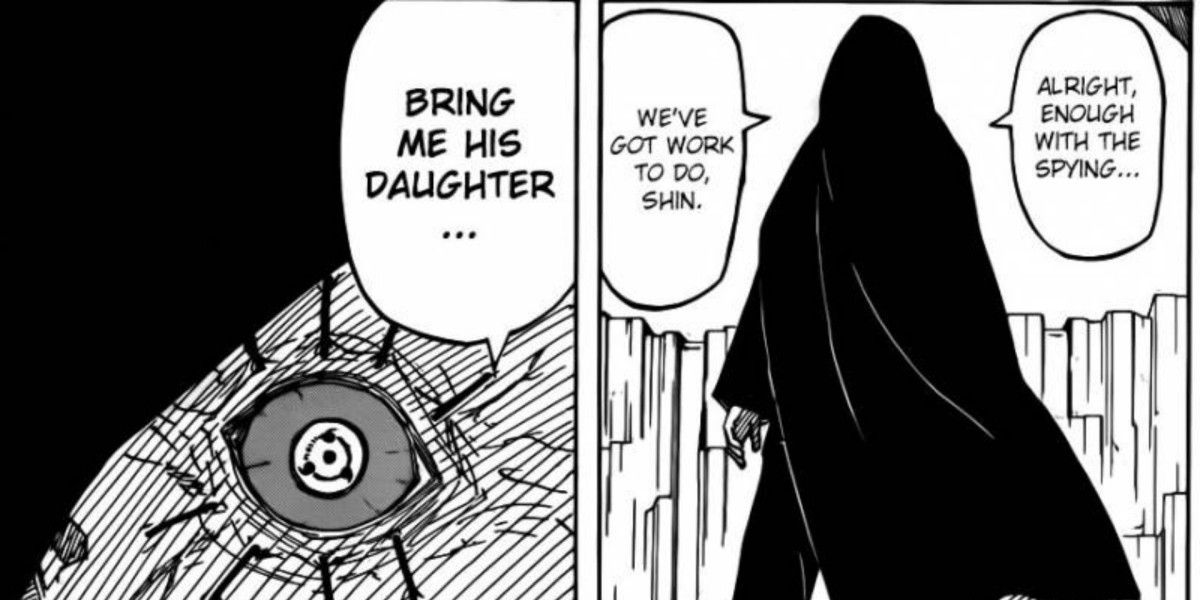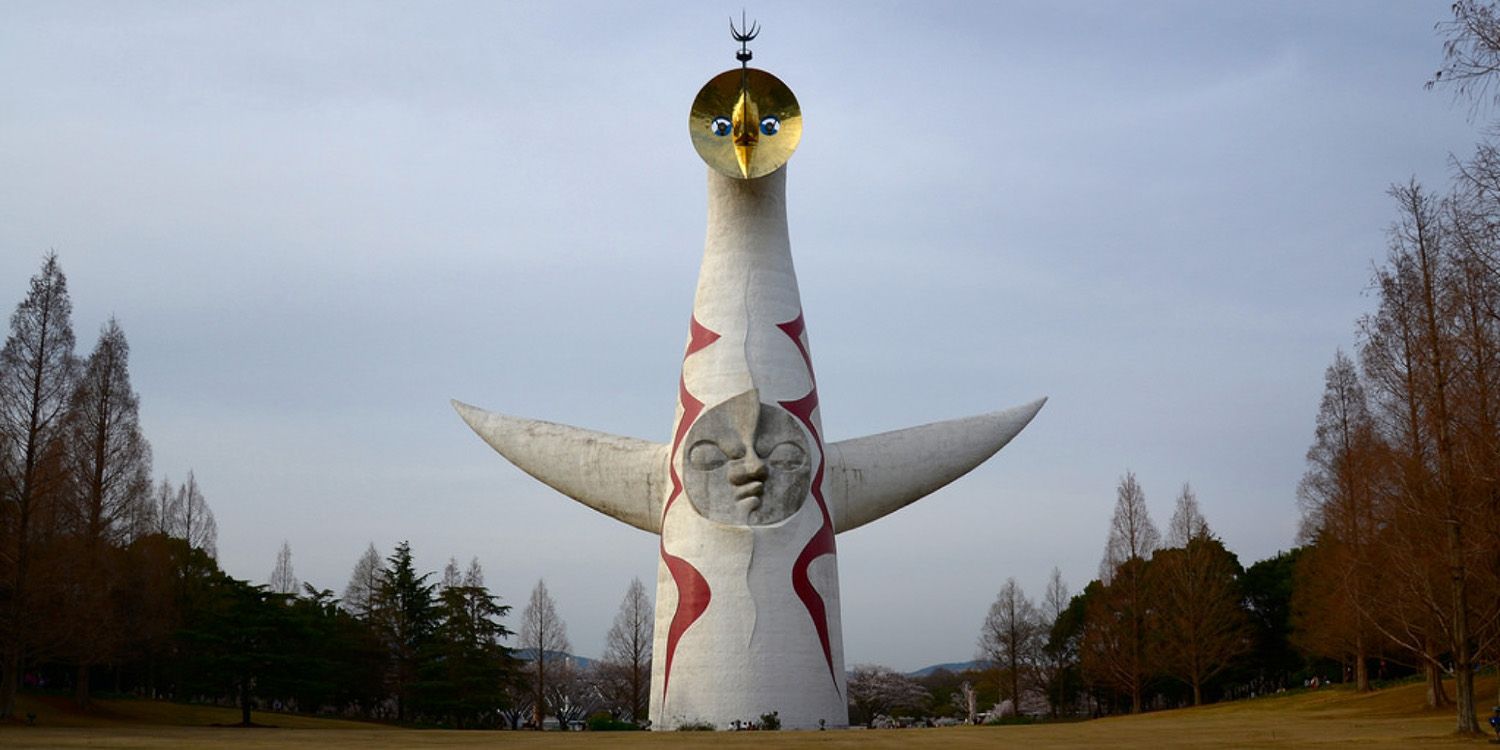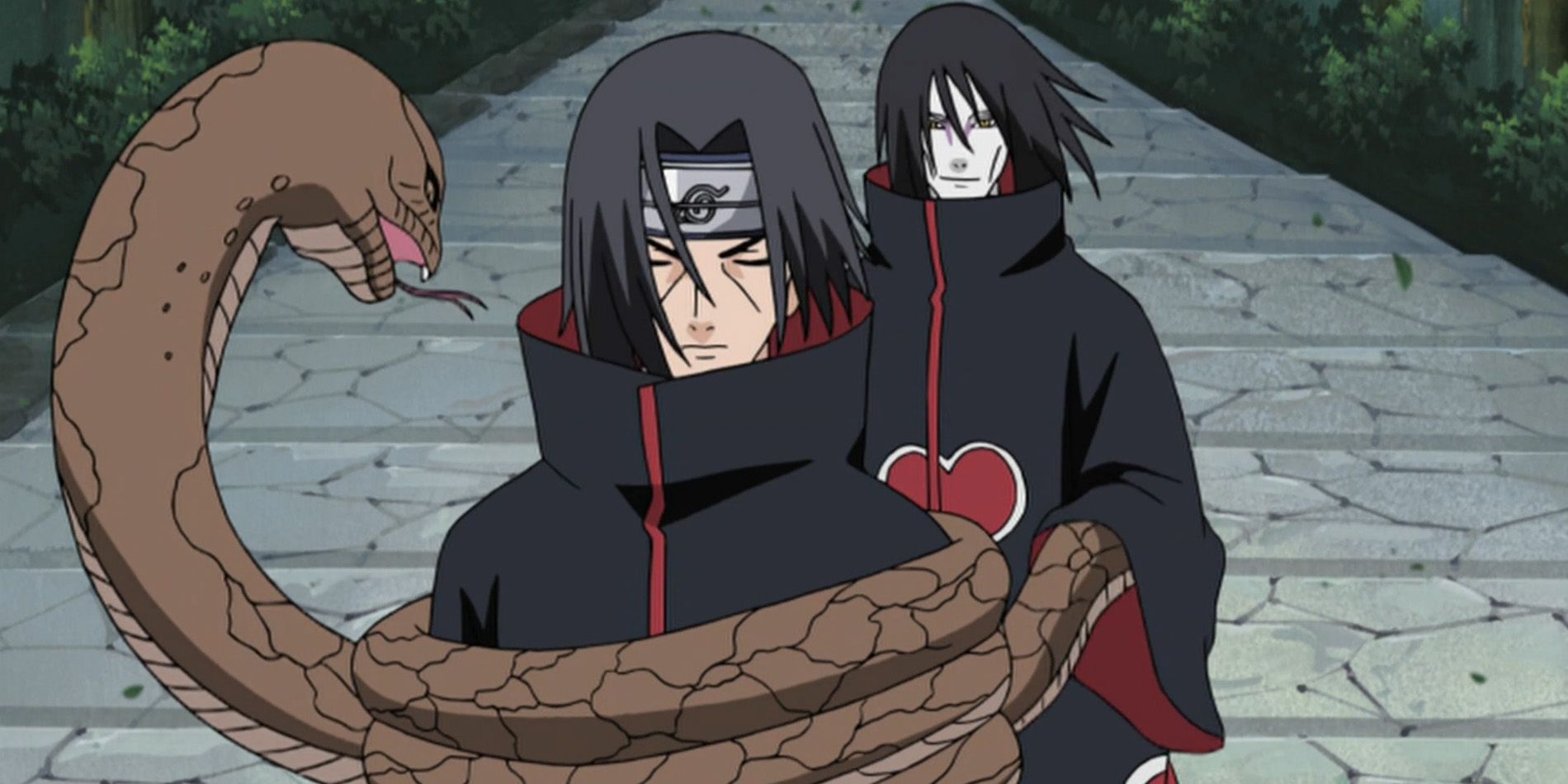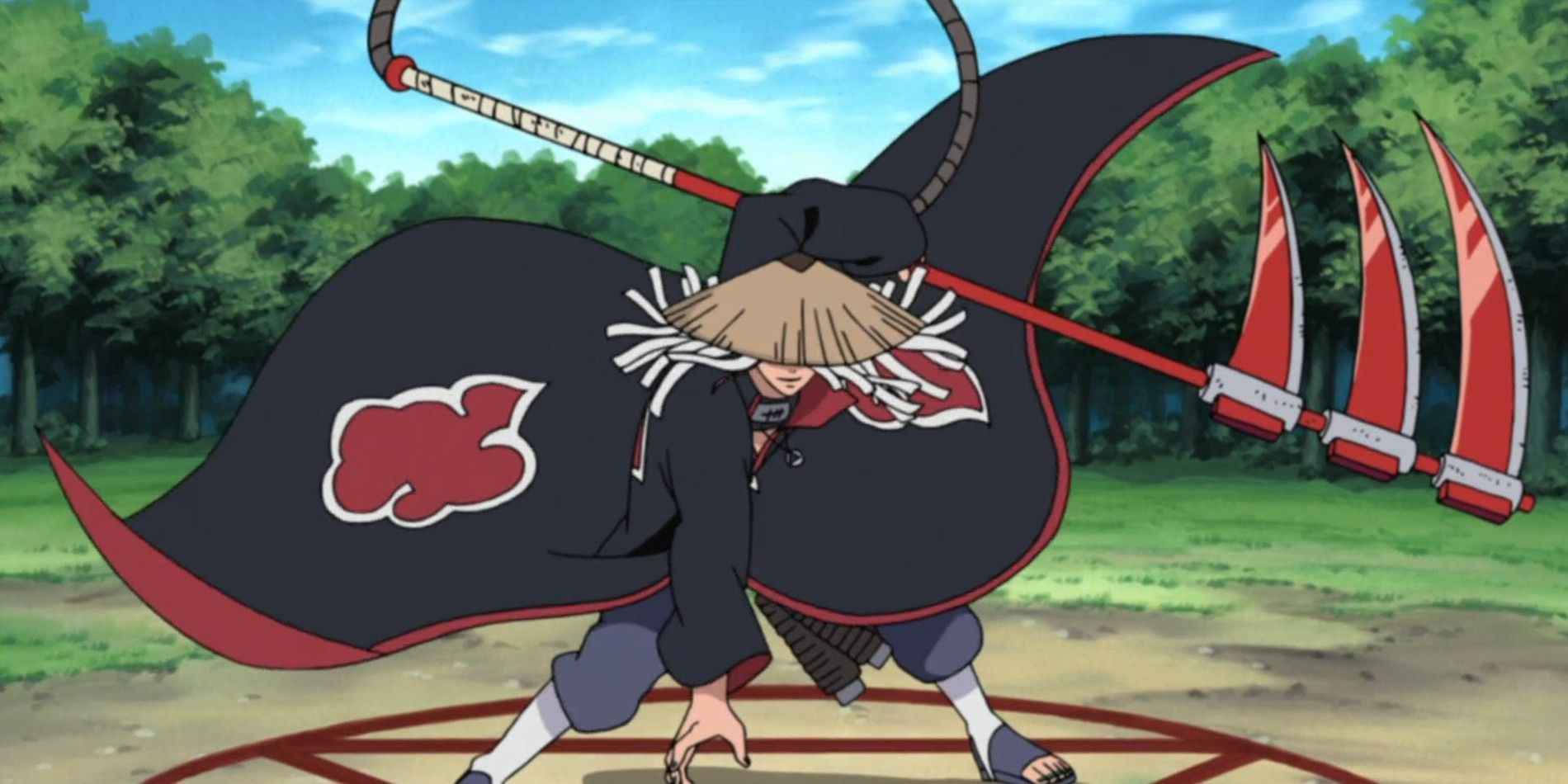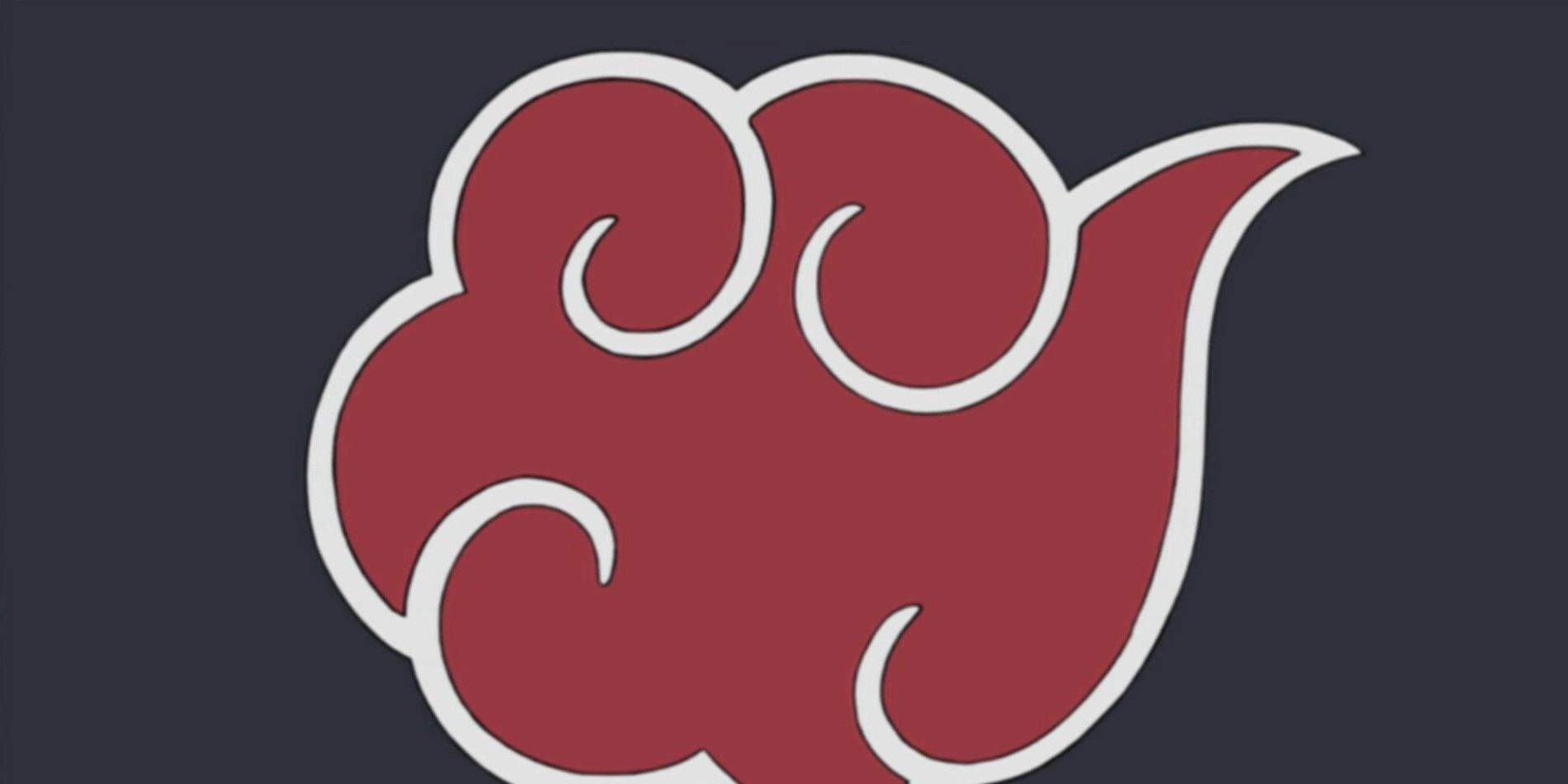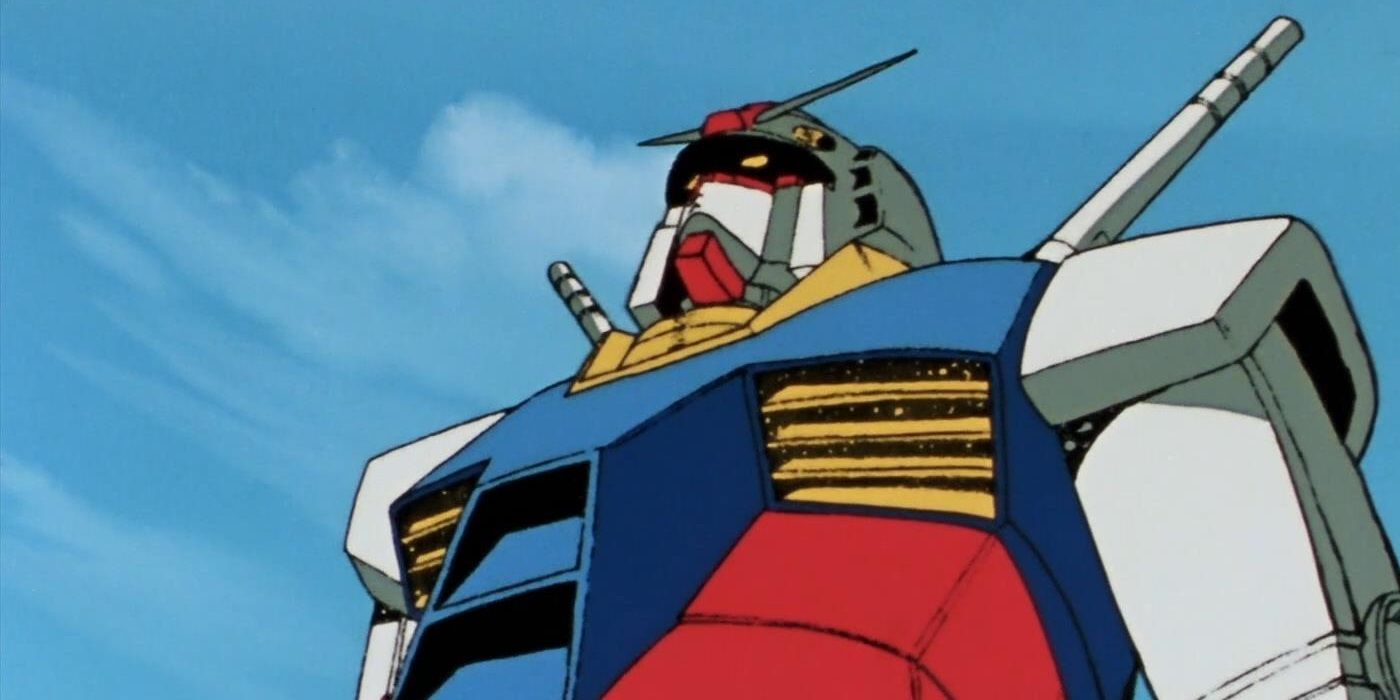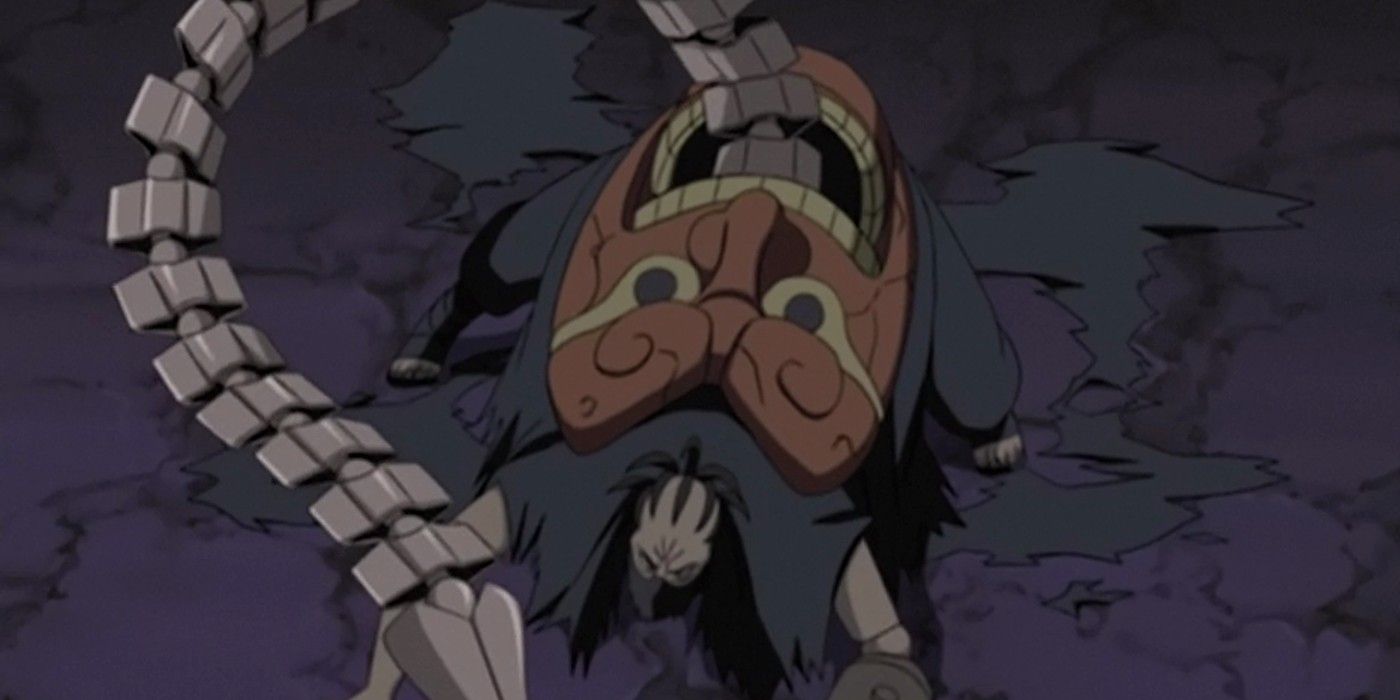For a sizeable portion of the Naruto story, the arch villain role is occupied by the dreaded Akatsuki, an eclectic group of criminal ninja from a variety of different villages and backgrounds. Boasting the likes of Itachi Uchiha, Orochimaru, members of the Seven Swordsmen of the Mist and, secretly, Obito Uchiha, within their ranks, the gang’s power is never in question and the Akatsuki pose a constant threat whenever they appear.
However, as powerful as they are, the various Akatsuki incarnations differ wildly in their approach, goals, and methods. The original group was founded as a means of restoring peace to a war-torn land and were led by the morally-sound and charismatic Yahiko. However, thanks to the meddling of Obito – himself being manipulated by Black Zetsu – the Akatsuki name quickly descended into infamy, attracting a more unfavorable type of ninja.
Under new leadership, Akatsuki’s modus operandi became far more bloody and their goal of peace became twisted beyond recognition. The group started amassing Tailed Beasts to execute Obito’s Infinite Tsukuyomi plan, and although members steadily began to fall at the hands of allied village Shinobi, Akatsuki remained a prominent threat.
With so many rich back-stories and interesting characters involved, it’s no surprise that plenty of fascinating trivia surrounds the Akatsuki group.
Featuring plot points not covered in the main series, tales of their creation at the hands of Masashi Kishimoto, as well as other intriguing tidbits, here are the 15 Shocking Things You Never Knew About The Akatsuki.
The group were originally all monsters
When Kishimoto first envisioned the concept of the Akatsuki, he originally intended for the group to be far more monster-based than the finished product, with no human characters involved in the organization at all.
This can be seen in the inclusion of figures such as the shark hybrid Kisame and the plant-like Zetsu who were retained from Kishimoto's original idea. Kakuzu also started out as a more fantastical looking entity in earlier designs and was based on the Kuchisake-onna creature from Japanese mythology. As the beastly influence was dialed down in favor of a more human presence, the likes of Kakuzu and Sasori become less outlandish and fully-fledged humans like Deidara and Itachi were also brought into the fold.
Whilst it may have been interesting to see a more monstrous version of Akatsuki, this could have been at the expense of the group’s morally gray moments and the many human failings that make them all so compelling.
The Six Paths of Pain are inspired by Buddhism
Inspiration for character designs can come from absolutely anywhere. For instance, Nagato’s Six Paths of Pain take its cues from the teachings of Buddhism.
Thanks to the power of his Rinnegan, Nagato is able to control six distinct ginger-haired warriors and lay waste to the village of Konoha. These beings are referred to as the Six Paths of Pain, a title that is a reference to the Buddhist paths of reincarnation. This is especially fitting as each body of Pain is actually a reanimated person, but the comparison goes deeper, as each Path of Pain also shares a name with one of the spiritual Buddhist paths.
In Buddhist teachings, the paths to reincarnation are considered stumbling blocks in the journey of rebirth that one can overcome with enlightenment and this perhaps mirrors the fact that until Nagato is “enlightened” by Naruto’s famous “Talk no Jutsu,” he is trapped in an endless cycle of suffering.
Two active members are still alive
Although the Akatsuki are no longer a threat in the Naruto universe as things stand, two members have yet to either quit the group or be killed: Hidan and Black Zetsu.
The memorable battle between the immortal Hidan and the Leaf Shinobi Shikamaru is arguably one of Shippuden’s best and concludes with the Konoha ninja burying his opponent alive, fully aware that Hidan can’t be killed by conventional means. With nothing to suggest otherwise, it must be assumed that the villain remains in the same spot.
Black Zetsu was the real driving force behind the latter incarnations of Akatsuki and everything the group did was performed with the ultimate goal of freeing Kaguya Ōtsutsuki in mind. After Kaguya’s defeat, she was sealed away once more and Naruto ensured Black Zetsu would be joining her. Although both Hidan or Zetsu are no longer a threat, neither can they be considered truly dead.
Their name translates to English as "Dawn"
Often in Naruto, the English translation of a character’s name provides some level of revealing insight into the concept of their character. For instance, Naruto’s own name is both a reference to his love of ramen and a nod to the origins of the Uzumaki clan. Additionally, Kakashi translates to “scarecrow,” giving some reasoning behind the Jonin’s slender frame and straw-like hair.
In the case of Akatsuki, the title can be translated to “Dawn” or “Daybreak” and, considering the group’s origins, this makes perfect sense. After all, the organization started out with the intention of creation a new, peaceful world and the imagery of a sunrise perfectly encapsulates this aim of triggering a brighter new era.
Of course as Akatsuki degenerated, the connection to a new dawn became somewhat more ironic than inspiring, since the group's promised new era looked both bleak and bloody.
Kishimoto's design for Konan was quite revealing
Fairly or unfairly, anime has a reputation for needlessly and overtly sexualizing female characters and providing moments of fan service in which unnecessary shots of semi-nudity are included to provide additional titillation.
The Naruto franchise is certainly not innocent in this regard, and although the character of Konan perhaps isn’t the most obvious culprit (cough-- Tsunade-- cough), creator Masashi Kishimoto had other plans for her.
In an official data book entry, Kishimoto claimed that since Konan was the only female in Akatsuki, her design and clothing were made intentionally revealing, with the character being jokingly described as “obscene.” Of course, since Konan spends the vast majority of her time on screen covered in a long black cloak, this particular trait goes largely unnoticed.
Interestingly, Konan also has a pierced belly button.
Some members and key events are filler
Naruto fans unfamiliar with Kishimoto’s original manga series may not know that the anime went into far greater detail regarding Akatsuki’s history and formation, as well as their capturing of the Tailed Beasts. As a result, a fair amount of the show’s Akatsuki material isn’t actually considered canon to the Naruto story.
For example, the roles of original members Kyūsuke and Daibutsu are greatly expanded in the anime and Swordsman of the Mist Jūzō joins the group in animated form only.
In terms of events, the sealing of the Six and Seven Tails, as well as Obito’s murder of some original Akatsuki members are all technically filler segments. The Three-Tails arc is also greatly modified and expanded, which caused inconsistency in the dialogue regarding the amount of Tailed Beasts Akatsuki had collected, with the number changing to accommodate the anime’s growing filler schedule.
Kakuzu attacked and stole from his home village
With so many figures to explore, not every member of Akatsuki got the screen time that they deserved, and Kakuzu was arguably the biggest victim in this respect. As a villain that ripped the hearts out of defeated Shinobi and used them to prolong his own life, Kakuzu was perhaps one of Naruto’s most brutal and creative enemies.
However, not everyone will be aware of the character’s dark back story. Hinted at in the anime series but explored fully in the third Naruto data book, Kakuzu was shunned by his village for failing an assassination mission... on Hashirama Senju.
Jailed for his failure, Kakuzu eventually manages to set himself free and immediately sets about taking revenge. He murders the elders of his village and makes off with the village’s arsenal of forbidden techniques. This includes the ability to steal and use the hearts of others, an ability Kakuzu immediately tests out on the villagers who had wronged him.
Pain’s Rinnegan was wrongly animated initially
When Pain first appeared in the early days of Naruto Shippuden, his famous Rinnegan was animated in a markedly different way compared to the design that fans know and love today, with two large rings of color near the center. As the series progressed, however, this was replaced with the correct many-ringed purple Rinnegan that has now become so iconic.
This discrepancy arose because when the episode in question was animated, Masashi Kishimoto had yet to reveal a color manga panel for the Rinnegan design. When the purple rings were eventually unveiled by the author, the anime was forced to follow suit and update its multi-toned, fewer-ringed Rinnegan.
Although the schedules of a simultaneously running manga and anime franchise mean that such incidents are unfortunately inevitable, they can be highly confusing for casual fans in terms of maintaining continuity.
Their cause is continued after the end of Shippuden
After the downfall of Kaguya Ōtsutsuki, you would imagine that the Akatsuki threat would be eliminated entirely, however, the spirit of the organization is actually continued thanks to the presence of an entirely new villain known as Shin.
As one of Orochimaru’s many human experiments, Shin was a huge fan of the Uchiha clan and was implanted with a bevy of Sharingan eyes. His right arm was even removed and given to Danzo. Shin’s obsession with the Uchiha – and Itachi specifically – led him to take up the famous surname and seek to revive the Akatsuki, believing that the world needed war in order to progress.
This story was all covered in the The Seventh Hokage and the Scarlet Spring manga released after Naruto’s conclusion, and through the combined efforts of Naruto and Sasuke, Shin’s short-lived version of Akatsuki was defeated before it truly began.
Deidara’s bombs and catchphrase were inspired by a Japanese artist
Naruto fans will remember Deidara as the young, explosion-obsessed member of Akatsuki who believed his bomb-making ability was a form of high art. However the villain’s insistence that explosions were akin to a Picasso painting weren’t just a random character quirk, they were actually inspired by Japanese artist Tarō Okamoto.
Okamoto was the man who originally coined the phrase “art is an explosion” which Kishimoto borrowed for Deidara. The influence doesn’t stop there, however, as several of Okamoto’s works served as inspiration for Deidara’s move set.
Not only do some of the artist’s statues resemble the bombs Deidara creates in Naruto but the artist also drew shapes on his hands that are very similar to those Deidara uses to produce his explosives.
Kishimoto thought of Akatsuki more as antiheroes than outright villains
It may be difficult to imagine the Akatsuki members as anything other than the most dastardly of villains but Masashi Kishimoto viewed them quite differently. In an interview with Naruto publisher Shonen Jump, the series’ creator claimed that he felt the group were antiheroes compared to other antagonists, as their tough, emotional back stories somewhat accounted for their criminal actions.
Certainly, this could apply to the likes of Itachi, Nagato, and Sasori but for other characters such as Hidan and Deidara, it’s hard to view them in a light that isn’t utterly villainous.
It’s testament to Kishimoto’s ability to create richly-written character histories that some the Akatsuki members still managed to earn sympathy from viewers and readers despite the evil they were propagating and committing in the present timeline.
Of the main group, only Hidan never met Naruto
With Naruto as the series’ chief protagonist and the present-timeline iteration of Akatsuki as the arch antagonists for a large part of the narrative, you might expect the enthusiastic young ninja to have come face-to-face with each of these mysterious cloaked criminals. This would be true if not for one member: Hidan.
With Hidan and his partner Kakuzu causing problems, the duo are engaged in battle by Team 10, led by Kakashi in place of the deceased Asuma. Although Naruto’s Team 7 eventually arrive to provide back-up, Shikamaru has already drawn Hidan off into a separate battle by this point, a fight the Shinobi eventually wins by exploding the villain and burying him alive.
Thus, Hidan is dealt with before he actually got to meet the future Seventh Hokage, despite the fact that his Akatsuki partner was battling Naruto only a short distance away.
The red clouds on their cloaks represent bloodshed
Nothing in the design of Naruto’s characters is there by coincidence and that includes the famous black and red Akatsuki cloaks. The iconic cloud image synonymous with the group is actually representative of the bloodshed that occurred in Yahiko, Konan, and Nagato’s home village during the various ninja wars.
As with the Akatsuki’s name, however, this symbolism quickly comes to mean something very different once Nagato takes over as leader. Instead of being a physical representation of the violence Akatsuki were working to prevent, those ominous red clouds became warning signs of impending death and destruction, particularly for any Jinchūriki who happened to be nearby.
Say what you like about the Akatsuki but there’s no doubting that they have a seriously snappy sense of style.
Kakuzu’s techniques are a nod to Mobile Suit Gundam
If Mobile Suit Gundam fans had a sense of déjà vu while Kakuzu was fighting in Naruto Shippuden, there’s a good reason for that, as the Akatsuki member’s attacks were named after the various mech units in the much-loved series.
This was no coincidence either, as Masashi Kishimoto has revealed in his own personal history that he was an avid Gundam viewer as a child and used to practice his artwork by drawing the various characters.
Examples of Kakuzu’s connection to Mobile Suit Gundam include the Earth Grudge Fear technique which is a nod to Jiongu (MSN-02 Zeong), False Darkness which references YMS-15 Gyan, and Earth Spear which is derived from Dom (MS-09B).
Interestingly, this wouldn’t be the last time that Kishimoto referenced another anime series in Naruto, as the final chapter featured several clear nods to One Piece.
Their star signs are linked to their appearances
The third Naruto data book lists the birthday of each Akatsuki member and it’s easy to quickly dismiss such knowledge as useless filler information. In typical Kishimoto style, however, there is more to these dates than meets than eye, and when you consider the various star signs attached to the birthdays, a pattern begins to emerge.
For instance, shark-like Kisame was born on March 18th, making his star sign Pisces, the fish. Sasori’s sign is Scorpio, a reference to both the villain’s scorpion-like tail and his desert upbringing. Kakuzu is a Leo, the sign said to rule the heart -- and we all know what Kakuzu does with hearts.
Although the pattern doesn’t follow for every member of the group, it’s certainly a neat little touch from Kishimoto. Who says star signs don’t have any meaning?
---
Have you got any other fascinating nuggets of information about the villainous Akatsuki in Naruto? Let us know in the comments!

